Problem:
I am trying to plot several images in Bokeh with the exact same colorbar. But it seems to be impossible.
In this minimal example, even if I set the same values low and high for the 2 color bars, the colors on the image remain the same (even if the arrays field1 and field2 are different from each other by a factor of 10).
Minimal example (jupyter notebook):
import numpy as np
from bokeh.palettes import diverging_palette, gray
from bokeh.plotting import figure
from bokeh.models import LinearColorMapper, ColorBar
from bokeh.io import show, output_notebook
from bokeh.layouts import row
output_notebook()
# Define diverging colorbar (black on the edges and white in zero)
palette = diverging_palette(gray(256), gray(256), n=500)
color_mapper = LinearColorMapper(palette=palette, low=-10, high=10, low_color='#000000', high_color='#000000')
color_bar = ColorBar(color_mapper=color_mapper)
# First image
X1, Y1 = np.meshgrid(np.linspace(-1,1,10), np.linspace(-1,1,10))
field1 = X1
print('Field 1:')
print(np.round(field1, 2))
fig1 = figure(title='Field 1', x_range=(-1,1), y_range=(-1,1), width=450, height=250)
fig1.image([field1], x=-1, y=-1, dw=2, dh=2, palette=palette)
fig1.add_layout(color_bar, 'right')
# Second image (with values multiplied by 10, but same colorbar and same plotting parameters)
field2 = 10*field1
print('Field 2:')
print(np.round(field2, 2))
fig2 = figure(title='Field 2', x_range=(-1,1), y_range=(-1,1), width=450, height=250)
fig2.image([field2], x=-1, y=-1, dw=2, dh=2, palette=palette)
fig2.add_layout(color_bar, 'right')
show(row(fig1, fig2))
Output:
Expected output:
As I've set low=-10 and high=10 for both the color bars, I would expect the first image to be all white because all the values in the array field1 are between -1 and 1. The second image is OK to me.
I've already checked the issue How to extend colorbar for 'out-of-range' values in Bokeh or Holoview? and the PR https://github.com/bokeh/bokeh/pull/10781 but it did not help much... Does anyone know the right solution or an easy workaround? Thanks in advance :)
NB: I do not want to use matplotlib because it is too slow for my use case as I am using a slider (I want to plot a sequence of different images with the exact same colorbar).

